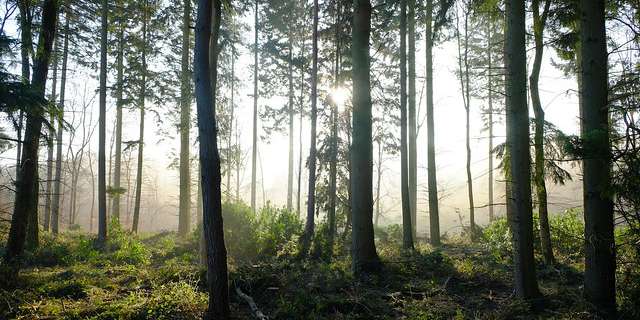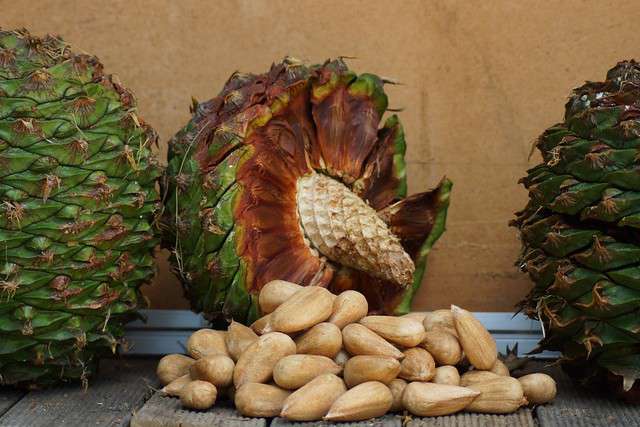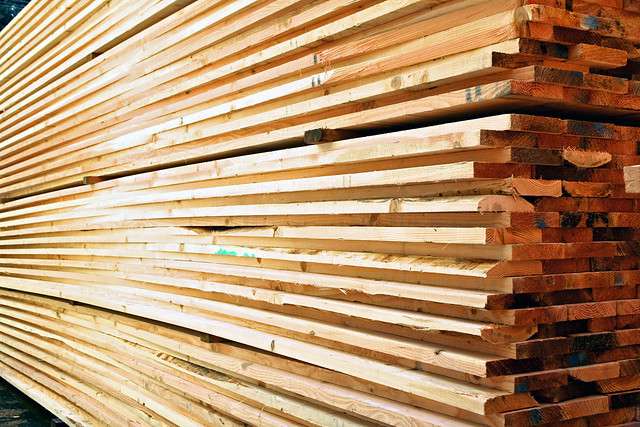
Spectroscopy is a growing field in the applications of light science and researchers are finding new ways to utilize this technology to support forestry efforts and industrial manufacturing. Advanced near-infrared reflectance spectroscopy (NIRS)1 is opening the door to better product development from the ground up…literally. From seed quality analysis to “rapid assessment of material and product variables throughout the manufacturing process”2, spectroscopy can provide valuable information to increase reforestation efforts and improve efficiency in forest product industries.

Applications of spectroscopy in the field of forestry are just in the beginning stages, but initial research shows there many ways in which we can utilize this technology.
Image Source: Flickr user Scott Wylie



